This section provides answers to common plumbing questions, including how to fix a leaky faucet and unclog your drain. It also highlights the importance of regular maintenance to prevent plumbing problems. In addition, there are solutions to common do-it-yourself problems and advice from professional plumbers.
Plumbing problems can be a headache for homeowners, causing frustration and sometimes even expensive repairs. Whether it’s a leaking faucet, a clogged drain, or a mysterious water stain on the ceiling, understanding the basics of plumbing can help you navigate these common problems. In this article, we’ll take a look at some of the most common plumbing questions, provide expert advice, troubleshooting tips, preventative maintenance techniques, and even DIY solutions for the savvy homeowner. Plus, we’ll hear from plumbing professionals who will share their insights and expert advice on how to solve and prevent these common plumbing problems. So, if you’re tired of dealing with plumbing problems or just want to be prepared when they do happen, read on to get a complete understanding of common plumbing problems and how to deal with them effectively.
- 1. “Understanding basic plumbing issues: answers to frequently asked questions”
- 2. “Plumbing Troubleshooting: Expert Advice on Common Problems”
- 3. “Preventive plumbing maintenance: tips and tricks to avoid common problems”
- 4. “Do-it-yourself plumbing solutions: answers to common questions for experienced homeowners”
- 5. “Expert information: plumbing specialists answer common questions”
1. “Understanding basic plumbing issues: answers to frequently asked questions”
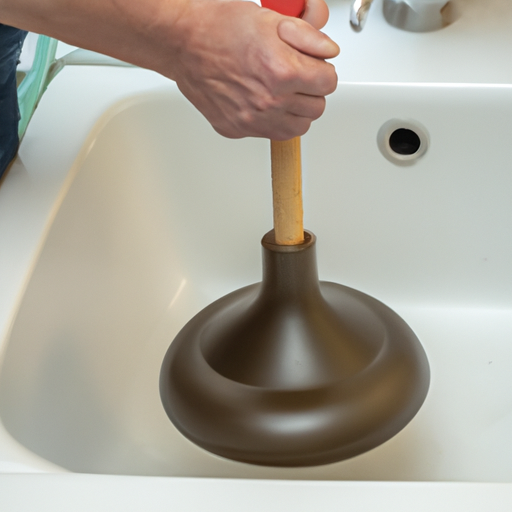
Understanding Basic Plumbing Problems: Answers to Common Questions
Plumbing problems can be a source of frustration and inconvenience for homeowners. From leaky faucets to clogged drains, it’s important to have a basic understanding of common plumbing problems and how to fix them. In this section, we will look at some common questions related to plumbing problems and provide answers that can help homeowners solve these problems.
1. How can I fix a leaking faucet?
A leaky faucet is a common plumbing problem that can lead to wasted water and higher utility bills. To fix a leaking faucet, start by turning off the water supply to the faucet. Then carefully disassemble the faucet and check the rubber washers or O-rings for signs of wear or damage. If they appear worn, replace them with new ones. Reassemble the faucet and turn on the water supply to see if the leak is fixed.
2. What to do if the drain is clogged?
2. “Plumbing Troubleshooting: Expert Advice on Common Problems”
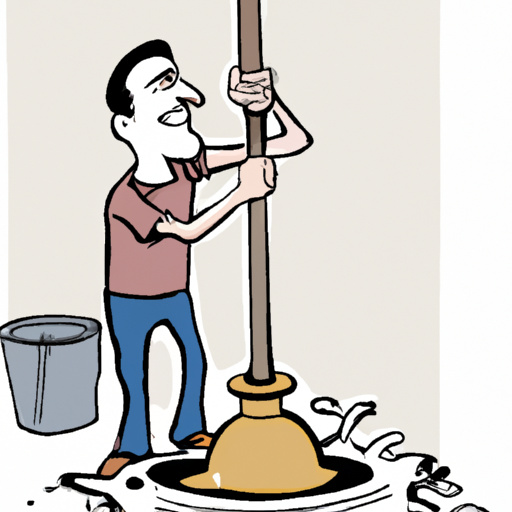
Plumbing problems can be a major inconvenience for homeowners, and many of them often reoccur. To help you solve these common problems, we’ve gathered expert advice from professional plumbers. By following these tips, you can fix minor plumbing problems without the need for an expensive service call.
1. Leaking faucet: A leaking faucet is not only annoying, but can also waste a lot of water over time. Most often, the cause is a worn washer, which can be easily replaced. Shut off the water supply, disassemble the faucet and replace the washing machine. If the leak persists, it may be due to a faulty valve seat or worn cartridge, which may require professional assistance.
2. Clogged drainage. Clogged drains are one of the most common plumbing problems. Start by using a plunger to create suction and remove the clog. If that doesn’t work, try a drain hose to physically remove the blockage
3. “Preventive plumbing maintenance: tips and tricks to avoid common problems”
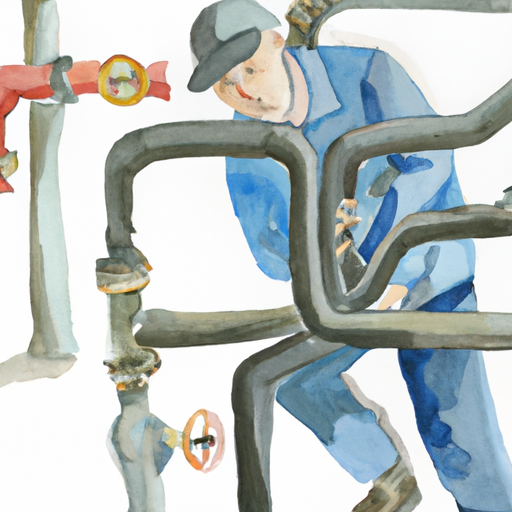
Regular maintenance is critical to keeping your plumbing system in good condition and preventing common problems. Here are some tips and tricks to avoid plumbing problems:
1. Check for leaks. Check regularly for any signs of a leak, such as water spots or dripping sounds. Correcting leaks in a timely manner can prevent further damage to your pipes and fittings.
2. Clean the blockage immediately. Clogged drains are a common plumbing problem that can lead to backups and overflows. Use a plunger or drain hose to clear minor clogs, and avoid pouring grease, hair, or other debris down the drain.
3. Watch what you flush: Toilets are not designed to handle anything other than human waste and toilet paper. Flushing items such as toiletries, wipes or paper towels can cause blockages and damage your plumbing system.
4. Maintain your water heater: Regularly flushing your water heater can prevent sediment build-up and keep it running efficiently. Also, periodically check the temperature and pressure valves
4. “Do-it-yourself plumbing solutions: answers to common questions for experienced homeowners”
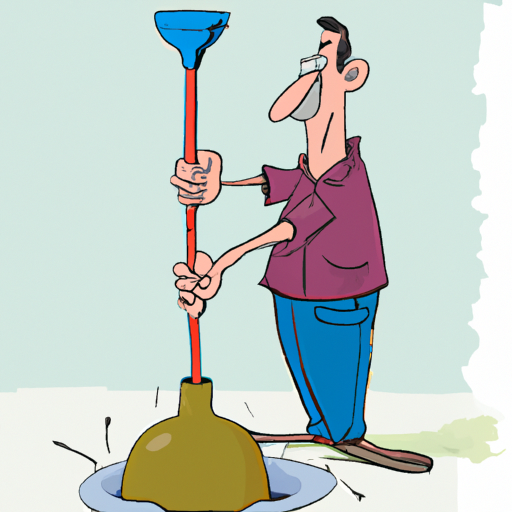
As a homeowner, it’s important to have a basic understanding of plumbing systems and common problems that can occur. While some plumbing problems may require professional help, there are a few do-it-yourself solutions that handy homeowners can tackle on their own. Here are answers to some common questions about DIY plumbing solutions:
1. How can I clean the drain without using aggressive chemicals?
One of the effective methods of drain cleaning is the use of a plunger. Make sure the drain is well sealed and take a few deep dives to clear the clog. For more stubborn blockages, a drain hose or auger can be used to physically remove the obstruction. Another natural and environmentally friendly option is to pour a mixture of baking soda and vinegar down the drain, followed by hot water.
2. What if my toilet doesn’t work?
A running toilet can waste a lot of water and increase your utility bills. The most common reason for the toilet to work is a malfunction of the valve
5. “Expert information: plumbing specialists answer common questions”
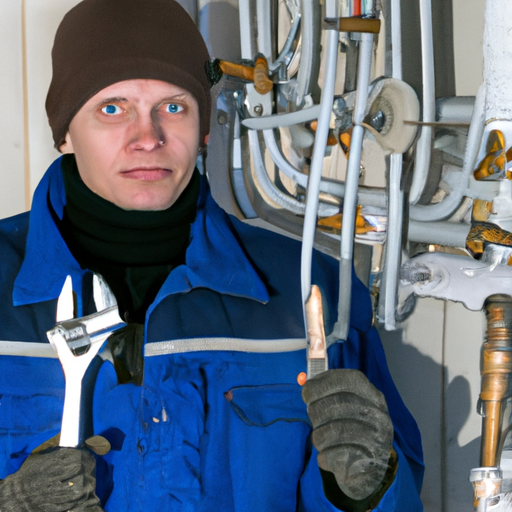
In this section, we will provide expert opinion from plumbing professionals who have answered frequently asked questions. These professionals have extensive experience in the field and can offer valuable advice and solutions to common plumbing problems.
1. How can I prevent sewer blockages?
Plumbing professionals recommend practicing regular drain maintenance to prevent clogging. This includes using drain nets to collect hair and debris, avoiding grease down the drain and being mindful of what you flush down the toilet. Additionally, regularly using a natural drain cleaner or a mixture of baking soda and vinegar can help keep your drains clean.
2. Why is my water bill so high?
If your water bill has suddenly jumped, it could be a sign of a problem with your plumbing. Plumbers recommend checking the tightness of faucets, toilets and pipes. Even small leaks can lead to significant water wastage and higher bills. If no visible leaks are found, it may be worth purchasing a water meter to detect hidden leaks.
3. How can I prevent pipes from freezing?
In conclusion, understanding basic plumbing issues, troubleshooting, preventative maintenance, and do-it-yourself solutions are important aspects of maintaining a functional plumbing system in your home. By knowing the common questions and problems that homeowners have, you can better prepare yourself to deal with any plumbing problems that may arise. Whether you decide to tackle the problem yourself or seek the advice of a professional, being knowledgeable about plumbing can save you time, money and stress in the long run. By using the tips and tricks in this article, you can ensure that your plumbing system stays in top condition and avoid unnecessary headaches. Remember, when it comes to plumbing, prevention and preventative maintenance are key.
 Purex find
Purex find